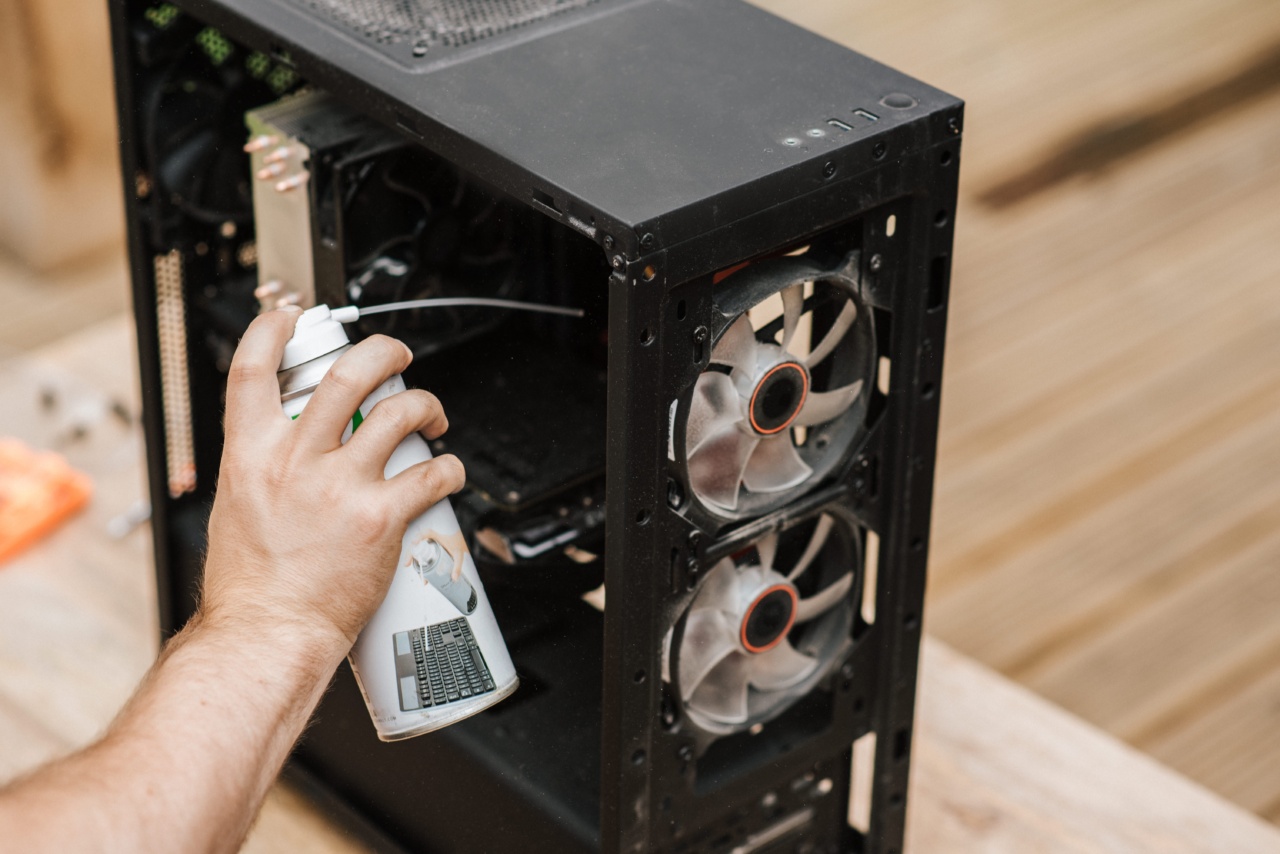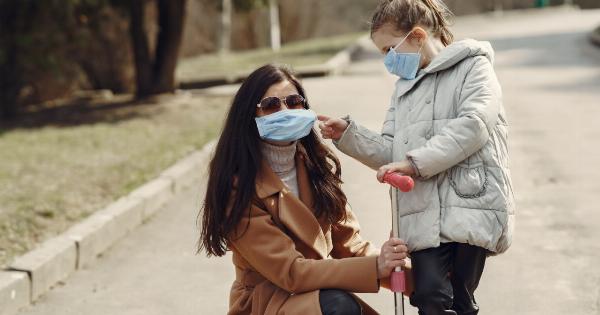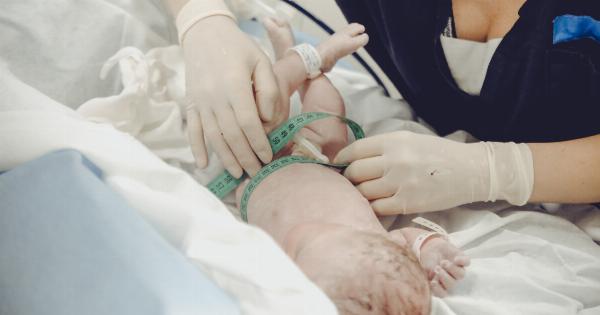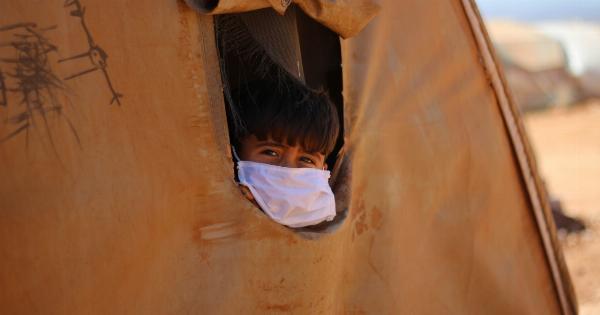Protecting infants is a top priority for mothers worldwide. The first year of a child’s life is crucial for their growth and development, and it is during this time that they are most vulnerable to mortality and infections.
Understanding how to decrease these risks is essential for mothers to ensure the well-being of their infants. In this article, we will explore various ways in which mothers can protect their infants and decrease the chances of mortality and infections.
1. Vaccination
One of the most effective ways to protect infants from infections and related mortality is through timely and appropriate vaccinations.
Vaccines stimulate the immune system and help build immunity against diseases like measles, polio, hepatitis, and more. Mothers should ensure their infants receive all the recommended vaccines as per the immunization schedule provided by healthcare professionals.
2. Breastfeeding
Breast milk is nature’s perfect food for infants. It contains an array of essential nutrients, antibodies, and immune factors that provide the best protection against infections.
Breastfeeding offers passive immunity to the baby, reducing the risk of respiratory and gastrointestinal infections. Mothers should exclusively breastfeed their infants for the first six months and continue breastfeeding along with complementary foods up to two years or beyond.
3. Cleanliness and Hygiene Practices
Maintaining cleanliness and good hygiene practices around infants can significantly reduce the risk of infections. Mothers should ensure their hands are clean before handling their babies, especially during feeding and diaper changes.
Regularly cleaning and sterilizing feeding bottles, pacifiers, and other utensils used by the infants further prevents the transmission of harmful bacteria and viruses.
4. Safe Sleep Environment
Creating a safe sleep environment is crucial to decrease the mortality risks associated with Sudden Infant Death Syndrome (SIDS). Mothers should follow the “Back to Sleep” principle, placing infants on their backs to sleep.
This reduces the chances of suffocation and promotes better airflow. The sleep area should be free from loose bedding, pillows, stuffed toys, or any other potential suffocation hazards.
5. Proper Nutrition
Providing infants with a well-balanced and nutritious diet is essential for their overall health and immunity.
Mothers should introduce appropriate solid foods at the right time, as guided by healthcare professionals, and ensure that the diet includes a variety of fruits, vegetables, lean proteins, and whole grains. A nutritious diet strengthens the immune system, making infants less susceptible to infections.
6. Regular Pediatrician Check-ups
Regular visits to the pediatrician are vital for monitoring the growth and development of infants. Pediatricians can identify any potential health concerns at an early stage and provide timely interventions.
These check-ups also include routine vaccinations and screenings that further protect infants from diseases and infections.
7. Protection from Secondhand Smoke
Exposure to secondhand smoke increases the risk of respiratory infections, asthma, and SIDS in infants. Mothers should create a smoke-free environment at home and avoid public places where smoking is allowed.
If any family members or visitors smoke, they should be encouraged to do so away from the infant and only after thorough handwashing and changing clothes.
8. Promoting a Healthy Environment
Creating a healthy environment involves various aspects like maintaining proper indoor air quality, providing clean and safe drinking water, avoiding exposure to pollutants and toxins, and ensuring a clean and pest-free living space.
All of these contribute to reducing the risk of infections and promoting overall well-being for infants.
9. Building a Support System
Mothers should surround themselves with a supportive network of family, friends, and healthcare professionals. This support system can provide guidance, assistance, and emotional support, allowing mothers to better care for their infants.
Sharing experiences, seeking advice, and discussing concerns with others who have been through similar situations can ease the anxieties associated with protecting infants.
10. Staying Informed and Educated
Mothers should stay updated with the latest research, guidelines, and recommendations regarding infant care and protection. This knowledge empowers them to make informed decisions and take appropriate actions for the well-being of their infants.
Participating in educational programs, attending parenting classes, and regularly consulting with healthcare professionals are all effective ways to enhance their knowledge and skills.
Conclusion
Protecting infants and decreasing the risks of mortality and infections require a holistic approach from mothers.
Through vaccination, breastfeeding, cleanliness, safe sleep practices, proper nutrition, regular check-ups, smoke-free environments, healthy surroundings, support systems, and staying informed, mothers can effectively safeguard their infants from harm. By implementing these strategies, mothers can provide a solid foundation for the healthy growth and development of their infants.




























